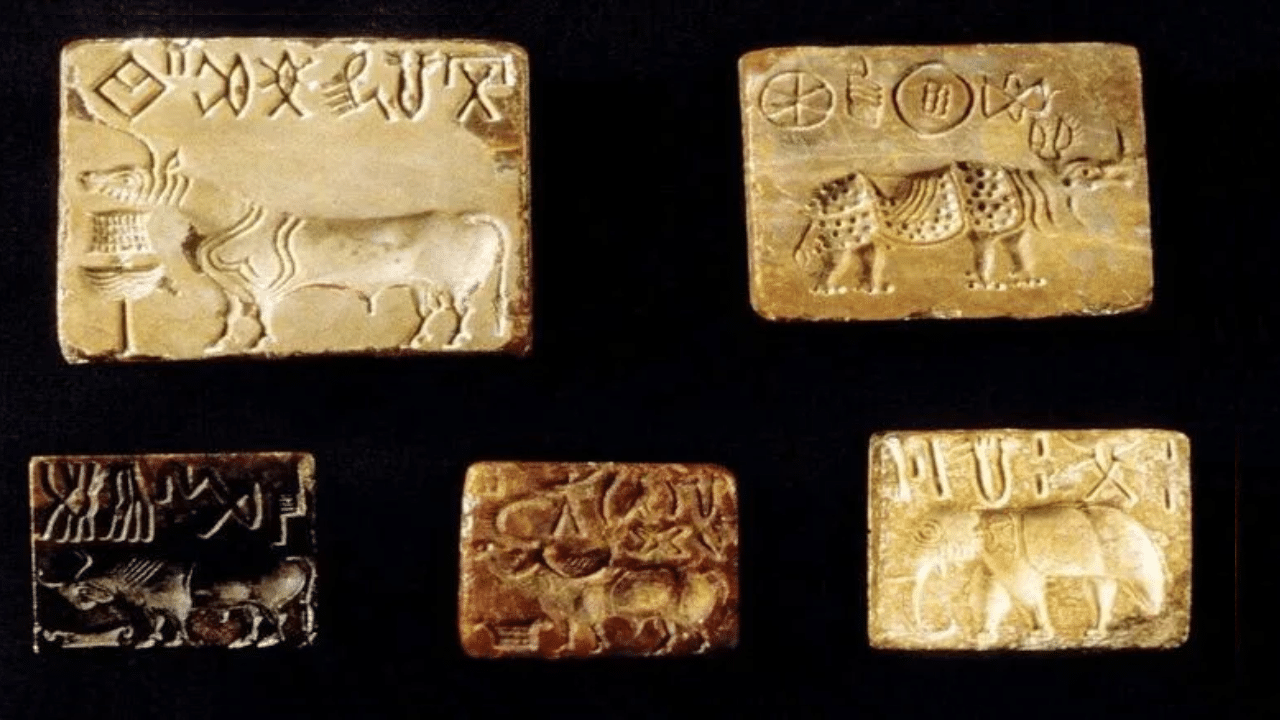The Indus Valley Civilization, flourishing between 2600 BCE and 1900 BCE in regions of present-day Pakistan and northwestern India, remains one of history’s most enigmatic cultures. Renowned for its advanced urban planning and sophisticated craftsmanship, this civilization’s script has long eluded scholars, leaving its language and many aspects of its society shrouded in mystery.
In a groundbreaking move to unravel this ancient enigma, the government of Tamil Nadu, a state in southern India, has announced a $1 million reward for anyone who can successfully decipher the Indus Valley script. Chief Minister M.K. Stalin emphasized the significance of this endeavor, stating, “I announce a cash prize of $1 million to individuals or organizations that decipher the script to the satisfaction of archaeological experts.”
The Indus script comprises approximately 4,000 known inscriptions, primarily found on pottery, tablets, and seals. Each inscription averages about five signs or symbols, with no lengthy texts discovered to date. This brevity has led to debates among scholars about whether the script represents a complete language or a system of symbols conveying specific information. Despite numerous attempts, the script remains undeciphered, and its connection to other known languages or scripts is still a subject of speculation.
The announcement from Tamil Nadu comes in the wake of a recent study suggesting striking similarities between symbols in the Indus script and those found on ancient Tamil pottery. This has led to renewed interest in exploring potential links between the Indus script and the Dravidian languages, particularly Tamil. The reward aims to encourage scholars, linguists, and enthusiasts worldwide to delve into this ancient puzzle, with the hope that a breakthrough could provide profound insights into the Indus Valley Civilization’s language, culture, and societal structure.
Adding to the excitement in the field of archaeology, a remarkable discovery has been made in the Netherlands. In a small town, more than 400 gold and silver coins from the Roman era, dating back to the first century CE, have been unearthed. The hoard includes coins bearing images of prominent rulers such as Claudius and Julius Caesar. Notably, 116 of these coins are made of gold and are believed to have been buried around 47 CE, possibly by a Roman soldier returning from Britain with war spoils.
This discovery is particularly significant as it represents the largest Roman-era treasure found in the Utrecht province and is the first in Europe to include both Roman and British coins. Following meticulous cleaning and restoration, the coins have been incorporated into the national archaeological collection, offering valuable insights into the historical connections between these regions.
The simultaneous emergence of Tamil Nadu’s reward announcement and the Roman-era coin discovery underscores the dynamic and interconnected nature of ancient civilizations. As efforts to decipher the Indus script gain momentum, and new archaeological findings continue to surface, our understanding of human history becomes richer and more nuanced. The $1 million challenge not only aims to solve a long-standing mystery but also highlights the enduring allure of ancient civilizations and the timeless quest to uncover the secrets of our shared past.



